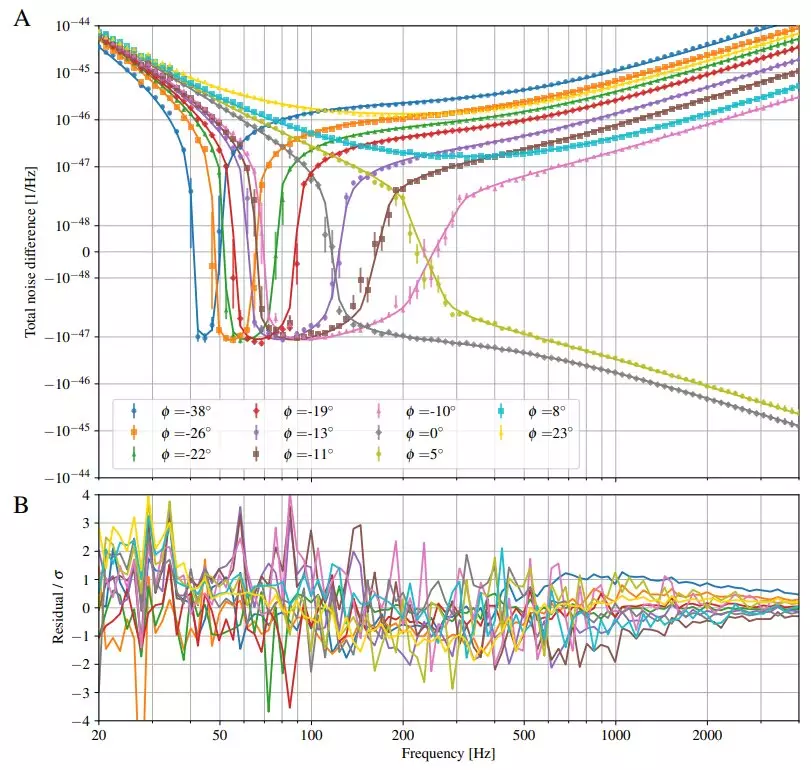The worldwide scientific community has experienced a transformative progression in the realm of gravitational wave detection, primarily due to the innovation of a “squeezed light” system pioneered by researchers at the Laser Interferometer Gravitational-Wave Observatory (LIGO) in the United States. The developments described in their recent study, published in the journal Science, mark a significant step forward in enhancing the sensitivity of gravitational wave measurements. The concept of squeezed light revolves around manipulating quantum states of light, a technique that has led to a noteworthy reduction in the interference caused by flickering, allowing physicists to hone in on gravitational waves more effectively.
To comprehend the impact of this advancement, one must first understand the underlying mechanics of LIGO. The observatory functions by splitting a laser beam that travels down two perpendicular tunnels, each equipped with highly reflective mirrors. Gravitational waves interact with the fabric of spacetime, inducing slight differences in the lengths of these tunnels, which in turn alters the phase of light arriving back at the beam splitter. Such minute measurements necessitate extraordinary observational precision, as distinguishing significant gravitational signals from quantum noise can be incredibly challenging. In this context, the enhancements introduced by LIGO’s research team emerge as a pivotal development.
The innovative changes made by the team involved the introduction of specially designed crystals, new lenses, and mirrors into the existing detection apparatus. These additions allowed for the creation of squeezed light within the laser beams. The implications of such a modification cannot be overstated; initially, the focus was on improving high-frequency gravitational wave detection, which subsequently led to expanded capabilities, including lower-frequency waves. As a result, the observatory did not simply enhance its previous measurement capacity; the number of detected gravitational waves doubled, a striking achievement underscored by the researchers’ description of the phenomenon as a “stunning effect.”
This unprecedented increase in detection capability opens the door to a plethora of astrophysical inquiries previously deemed beyond reach. The doubled sensitivity positions scientists to investigate cosmic events, such as black hole mergers that occurred in the formative stages of the universe, shortly after the first stars ignited. Such studies promise to unravel mysteries about the birth and evolution of galaxies and the fundamental nature of gravity itself.
Additionally, the advancements at LIGO will likely complement ongoing developments in gravitational wave astronomy and may influence the design of future observatories. As researchers continue to refine their detection techniques, it is plausible that we stand on the precipice of a new era in understanding the complexities of the universe through the lens of gravitational waves—a testament to human ingenuity and the relentless pursuit of knowledge. The work at LIGO exemplifies how integrating technological advancements with theoretical foundations can push the boundaries of scientific discovery, significantly altering our comprehension of the cosmos.

